
Carl Fabergé - a Russian jeweler known throughout the world
Carl Fabergé (born on May 18, 1846 - died on September 24, 1920) was a world-renowned Russian jeweler of German origin, a successful entrepreneur, and a brilliant artist. For nearly 50 years, Carl Fabergé led the family jewelry company and enjoyed special patronage from the Romanov imperial family. The master's biography represents an exemplary dedication to the art of jewelry, and his creations continue to inspire admiration from millions of people today.
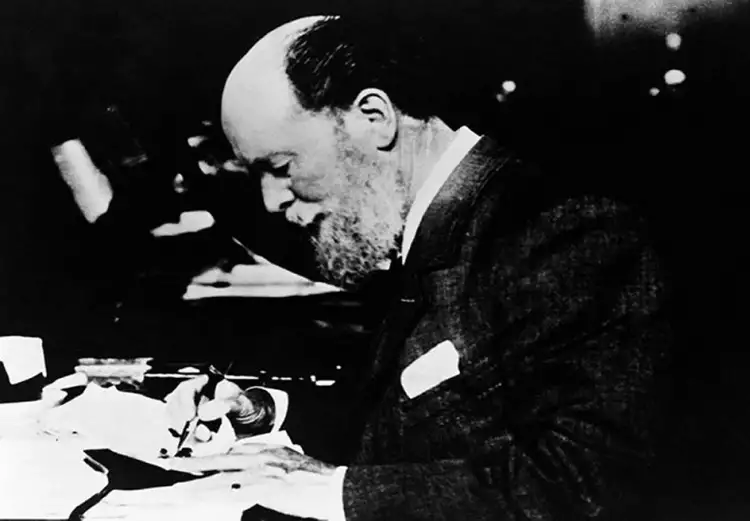 Carl Fabergé. Photoportrait of Carl Faberge at work, 1900
Carl Fabergé. Photoportrait of Carl Faberge at work, 1900
Carl Fabergé gained worldwide fame for crafting Easter eggs for the Russian tsars, although his family firm produced not only elite jewelry but also pieces for middle-class buyers over the years. Towards the end of his life, the ingenious master had to flee revolutionary Russia, and his company was nationalized by the Bolsheviks.
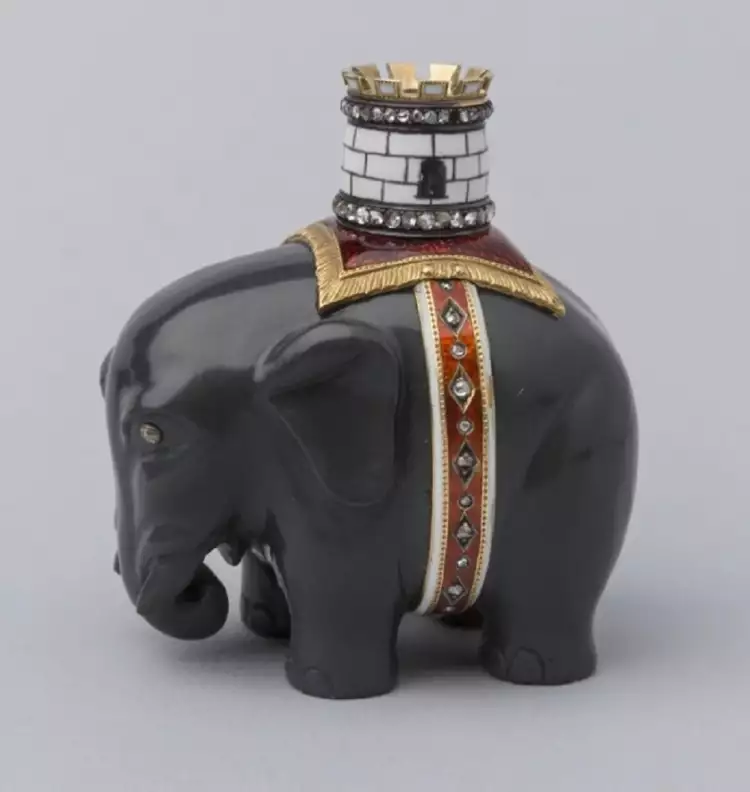 Carl Fabergé. Elephant figurine with a tower
Carl Fabergé. Elephant figurine with a tower
Biography of Carl Fabergé
Carl Fabergé was born on May 18, 1846, in St. Petersburg. His father, Gustav, was a Baltic German with French roots, and his mother was Danish. Four years before their son's birth, the parents moved from the Estonian city of Pärnu to the capital of the Russian Empire, where the head of the family established a jewelry workshop.
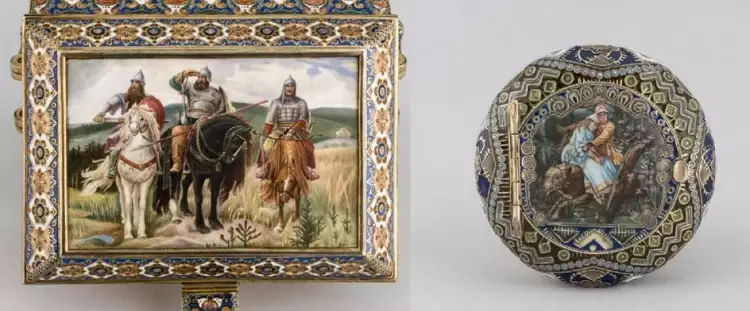 Carl Fabergé. Fyodor Rückert. A casket with enamel miniature and a powder box, 1908-1917
Carl Fabergé. Fyodor Rückert. A casket with enamel miniature and a powder box, 1908-1917
After receiving an education in a private gymnasium, young Carl left Russia with his family. His father entrusted the management of the family company to business partners and decided to settle permanently in Germany. At the Dresden School of Arts, Carl Fabergé studied the theory of jewelry making and then embarked on an extensive journey through European countries.
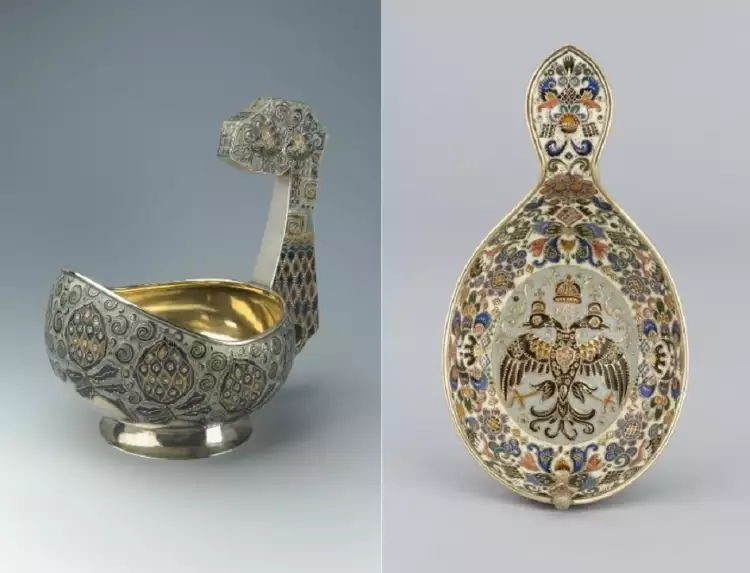 Carl Fabergé. Fyodor Rückert. Ladle, 1908-1917 гг.
Carl Fabergé. Fyodor Rückert. Ladle, 1908-1917 гг.
Over 8 years, he visited various cities in Germany, England, and France, where he continued his studies under the guidance of the best jewelers of the Old World. Carl decided to use the knowledge he acquired for the development of the family firm and returned to St. Petersburg in 1872. The young Fabergé took charge of the jewelry company, got married, and set out to conquer the Russian capital.
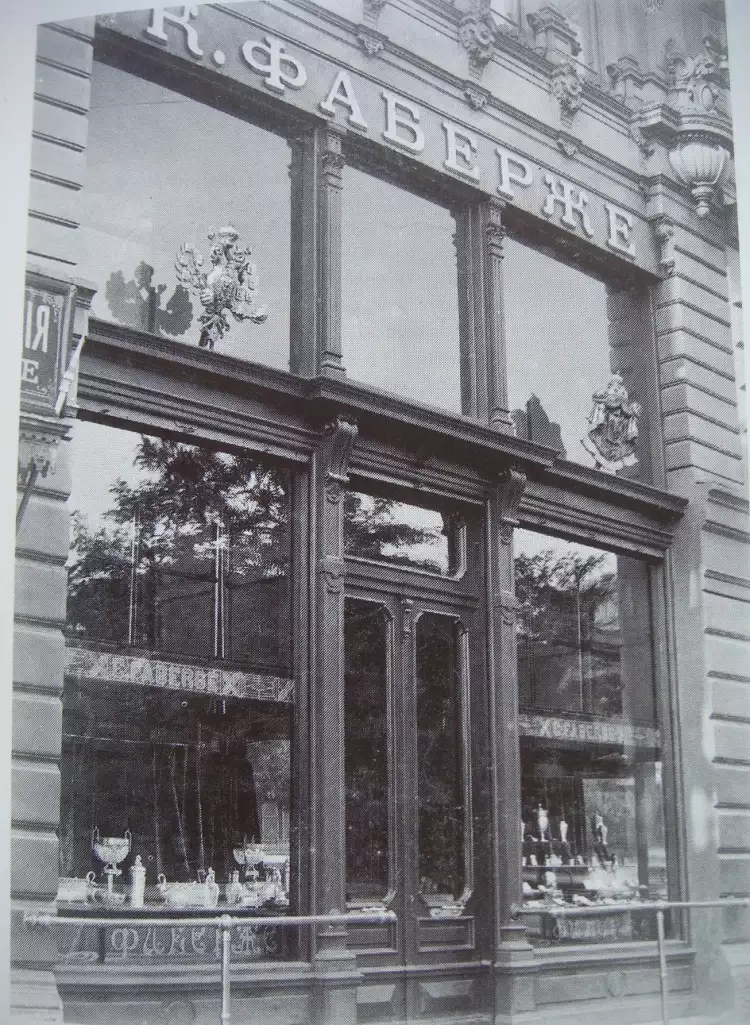 Carl Fabergé. The facade of the Faberge company shop in Odessa, 1913
Carl Fabergé. The facade of the Faberge company shop in Odessa, 1913
Under his leadership, the family business rapidly gained momentum. The company moved to a new spacious location, the number of employees increased, and Carl Fabergé himself received the right to put his personal hallmark on his creations.
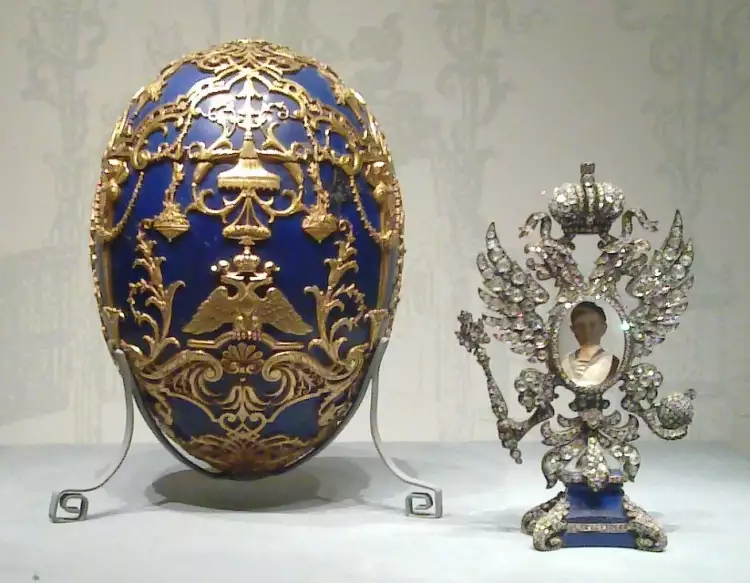 Carl Fabergé. Easter egg Tsarevich, 1912
Carl Fabergé. Easter egg Tsarevich, 1912
In 1882, at the All-Russian Exhibition in Moscow, a significant event occurred in the master's life - he met the Russian autocrat. Alexander III was impressed by the high quality of the brilliant artist's work and, by imperial decree, granted Fabergé the title of "Jeweler to His Imperial Majesty."
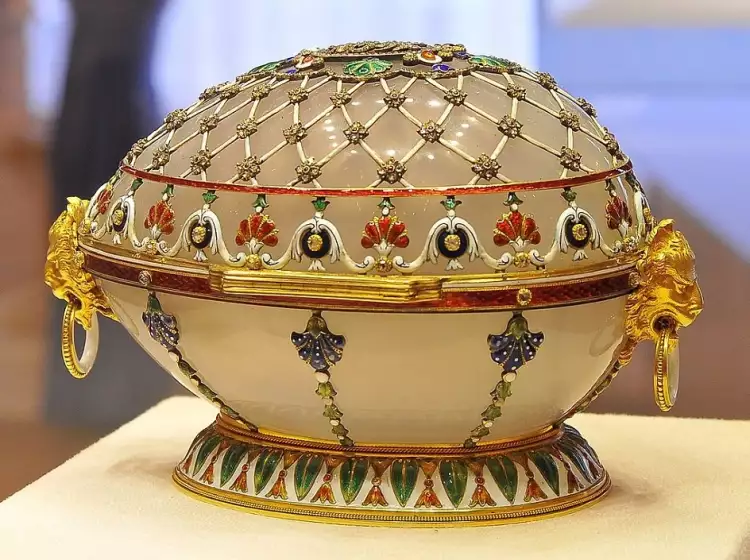 Carl Fabergé. Easter Egg Renaissance, 1894
Carl Fabergé. Easter Egg Renaissance, 1894
Two years later, Alexander III commissioned the master to create the first Easter egg for his wife, which was greatly admired by Empress Maria Feodorovna. From that moment on, it became the court jeweler's duty to annually craft luxurious eggs for the greatest Christian holiday. When Nicholas II ascended to the throne in 1895, he did not discontinue this tradition. On the contrary, unlike his father, he commissioned two Easter surprises from the jeweler (one for his wife and one for the widowed empress).
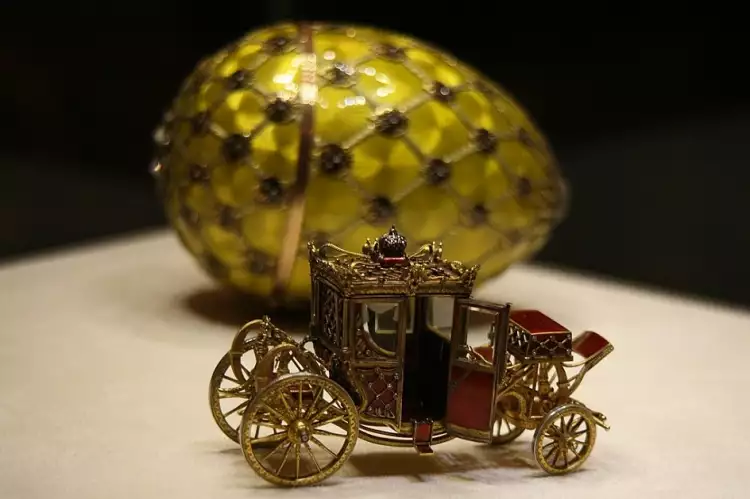 Carl Fabergé. Easter Egg Coronation, 1897
Carl Fabergé. Easter Egg Coronation, 1897
It was these Easter eggs that became the internationally recognized symbol of the jeweler's genius. Due to the immense popularity of these pieces, the master constantly received requests from the wealthiest people in Russia and Europe to create similar items for them. It is reliably known that Carl Fabergé fulfilled 15 such orders, but among collectors, there is a prevailing belief that there were many more. These rumors are often exploited by fraudsters nowadays, passing off skillful forgeries as the works of the great master.
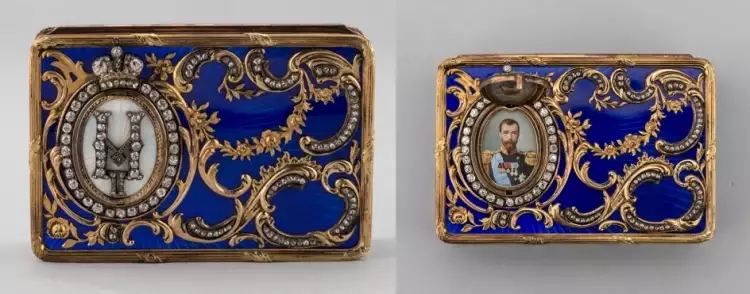 Carl Fabergé. Mikhail Perkhin. Tabakerka with monogram and portrait of Nicholas II, 1895−1898
Carl Fabergé. Mikhail Perkhin. Tabakerka with monogram and portrait of Nicholas II, 1895−1898
Members of the Russian imperial family commissioned Fabergé jewelry for their numerous European relatives for decades. Thanks to this, the fame of the ingenious jeweler quickly spread beyond Russia. Fabergé's signature stores were opened in Kyiv, Odessa, London, and Paris, and the family business became one of the leaders in the global jewelry market.
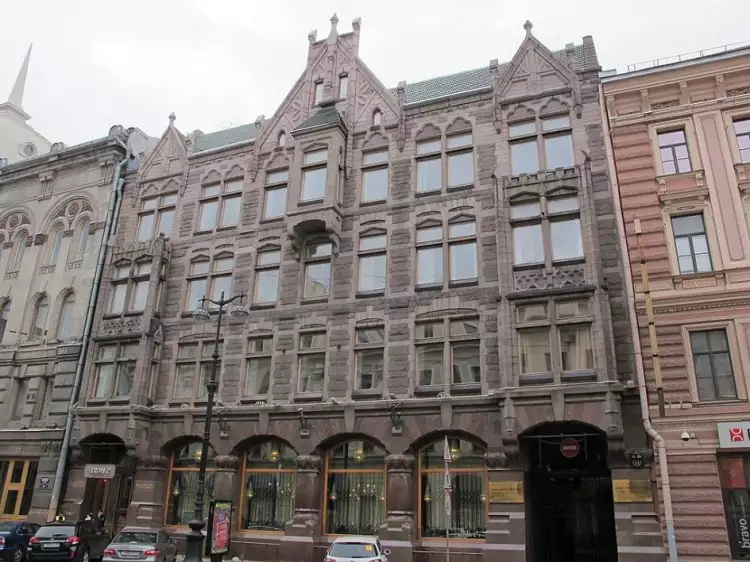 Carl Fabergé. Karl Schmidt. Fabergé building in St Petersburg, 1900
Carl Fabergé. Karl Schmidt. Fabergé building in St Petersburg, 1900
For almost half a century, Carl Fabergé successfully managed his firm, but in October 1917, the Bolsheviks seized power in Russia. The jeweler's factories and shops were nationalized, and he narrowly escaped the inevitable death in the country ravaged by revolutionary events. After several moves, Fabergé settled in Wiesbaden - a resort town in southern Germany. The heart of the brilliant jeweler could not withstand the trials that befell him, and on September 24, 1920, he passed away in Lausanne, where relatives had brought him for treatment.
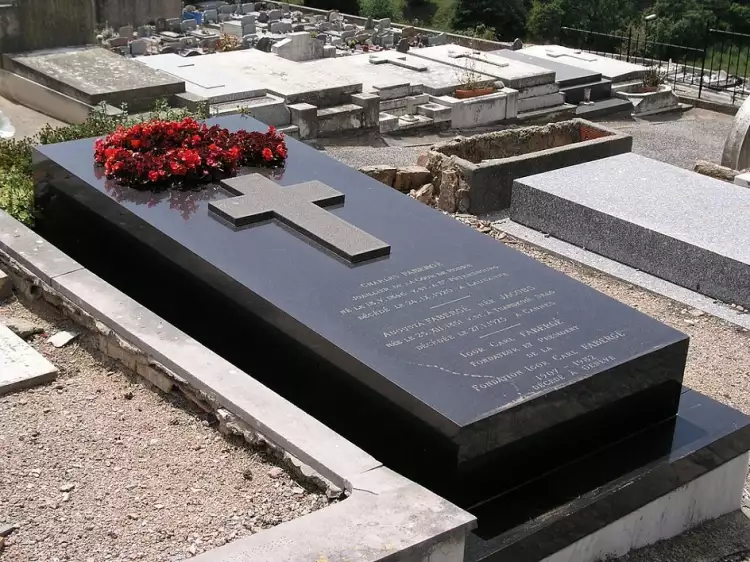 Carl Fabergé. Faberge's grave in Cannes at the Grand Jas cemetery, 1920
Carl Fabergé. Faberge's grave in Cannes at the Grand Jas cemetery, 1920
Two of the master's sons (Eugene and Nicholas) emigrated to Paris in the 1920s, where they founded the company Fabergé & Cie. Subsequently, the rights to the world-famous trademark changed hands several times, and today it is owned by South African businessman Brian Gilbertson.
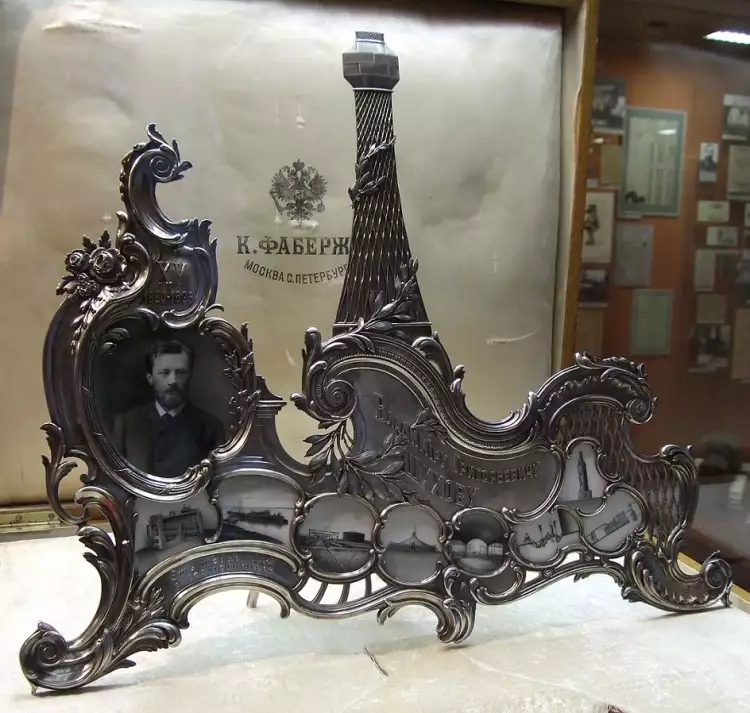 Carl Fabergé. Personalised gift to engineer Vladimir Shukhov, 1910
Carl Fabergé. Personalised gift to engineer Vladimir Shukhov, 1910
The Most Famous Masterpieces of Carl Fabergé
Under the guidance of the brilliant master, the employees of his family firm, according to the most modest estimates of experts, created around 200,000 diverse items until 1917. Among them, there are many unique pieces of jewelry, exquisite tableware, and antiques. Nevertheless, among the most famous masterpieces of Carl Fabergé are:
- "Fabergé Eggs" (1885-1917) - a series of magnificent jewelry pieces (71 items) made for the Russian emperors and a small group of private individuals. To this day, 65 masterpieces have been preserved, currently held in private collections and national museums of various countries. Unfortunately, most of these unique precious works were sold at insignificant prices by the Bolsheviks in the 1930s as part of a program to raise funds for the industrialization of the Soviet economy.
- "A Gentleman's Set" (1905) - an original still life made from valuable materials. Despite its rather ordinary appearance, the composition is a unique work of jewelry art. The egg yolk is made of amber, the newspapers, fly, and fish are made of silver, and the brick stand is made of jasper.
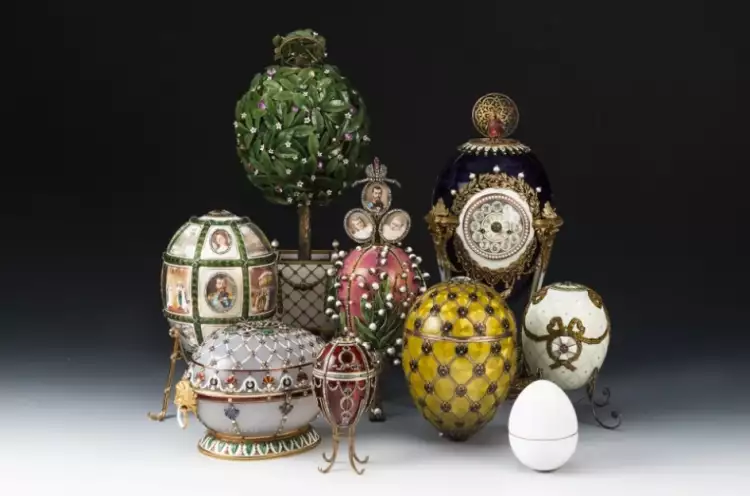 Carl Fabergé. Several items from the egg collection, 1885-1917
Carl Fabergé. Several items from the egg collection, 1885-1917
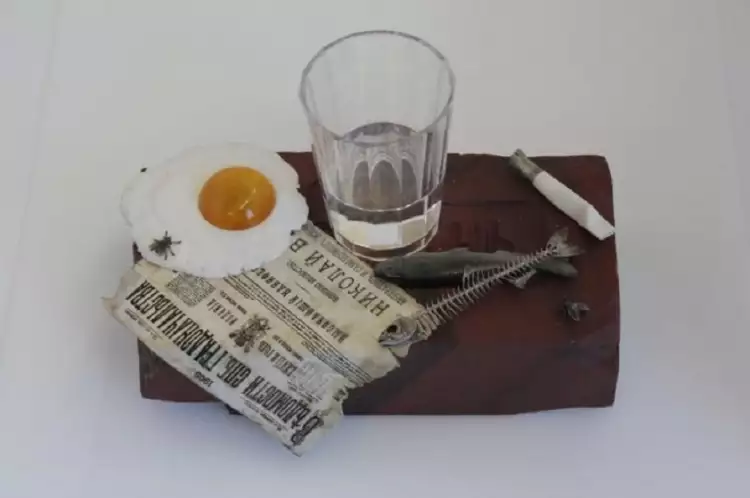 Carl Fabergé. Gentleman's set, 1905
Carl Fabergé. Gentleman's set, 1905
Without a doubt, Carl Fabergé belongs among the most famous jewelers in the history of world art. His unique contribution to Russian culture can be compared in its greatness to the achievements of Pushkin, Tchaikovsky, and Repin. Fortunately, most of the great master's unique masterpieces can still be seen by millions of people in museums and exhibitions around the world.
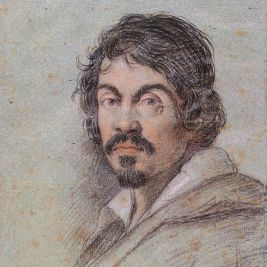 Caravaggio was a brilliant painter, an art innovator, and a thorough rebel
Caravaggio was a brilliant painter, an art innovator, and a thorough rebel  Pastel - a technique with unique possibilities in painting and graphics: types, history, artists
Pastel - a technique with unique possibilities in painting and graphics: types, history, artists 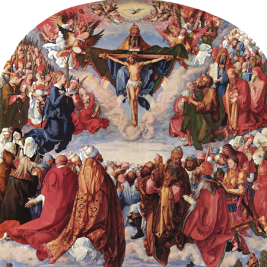 The painting "The Adoration of the Trinity" by Albrecht Dürer - The City of God through the eyes of the artist
The painting "The Adoration of the Trinity" by Albrecht Dürer - The City of God through the eyes of the artist 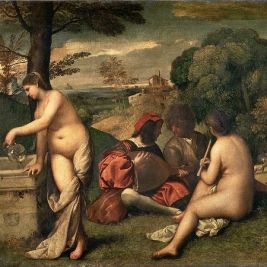 Pastoral is an elegant and carefree genre of art from the Baroque and Rococo periods
Pastoral is an elegant and carefree genre of art from the Baroque and Rococo periods 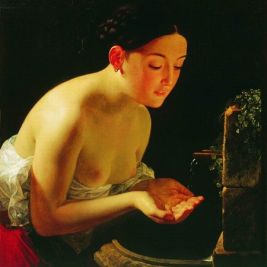 Reproduction is an accurate copy of a work of art: its essence, distinctive features, and merits
Reproduction is an accurate copy of a work of art: its essence, distinctive features, and merits 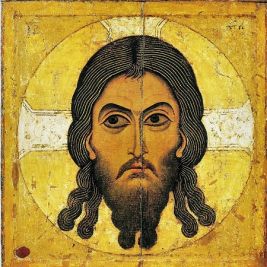 The Art of Ancient Russia is a unique blend of pagan traditions of Eastern Slavs and Byzantine influence on the local culture
The Art of Ancient Russia is a unique blend of pagan traditions of Eastern Slavs and Byzantine influence on the local culture 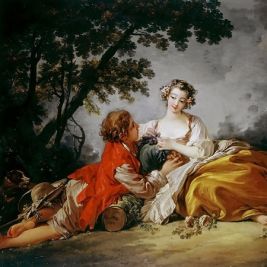 Rococo: Peasant Idylls of Court Painters
Rococo: Peasant Idylls of Court Painters 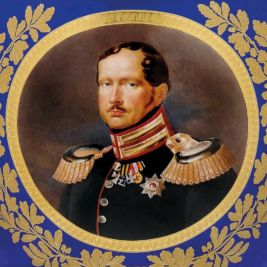 KPM Berlin: Production of exquisite porcelain with a 250-year history
KPM Berlin: Production of exquisite porcelain with a 250-year history 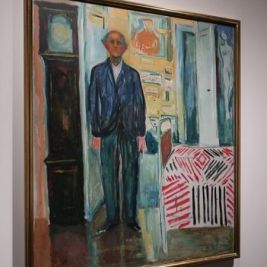 The most famous expressionist artists
The most famous expressionist artists 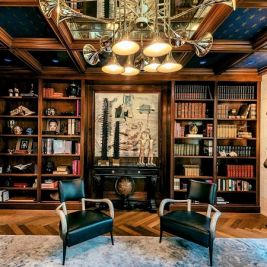 Jazz Style in Interior Design - Creative Legacy of the "Roaring Twenties"
Jazz Style in Interior Design - Creative Legacy of the "Roaring Twenties"